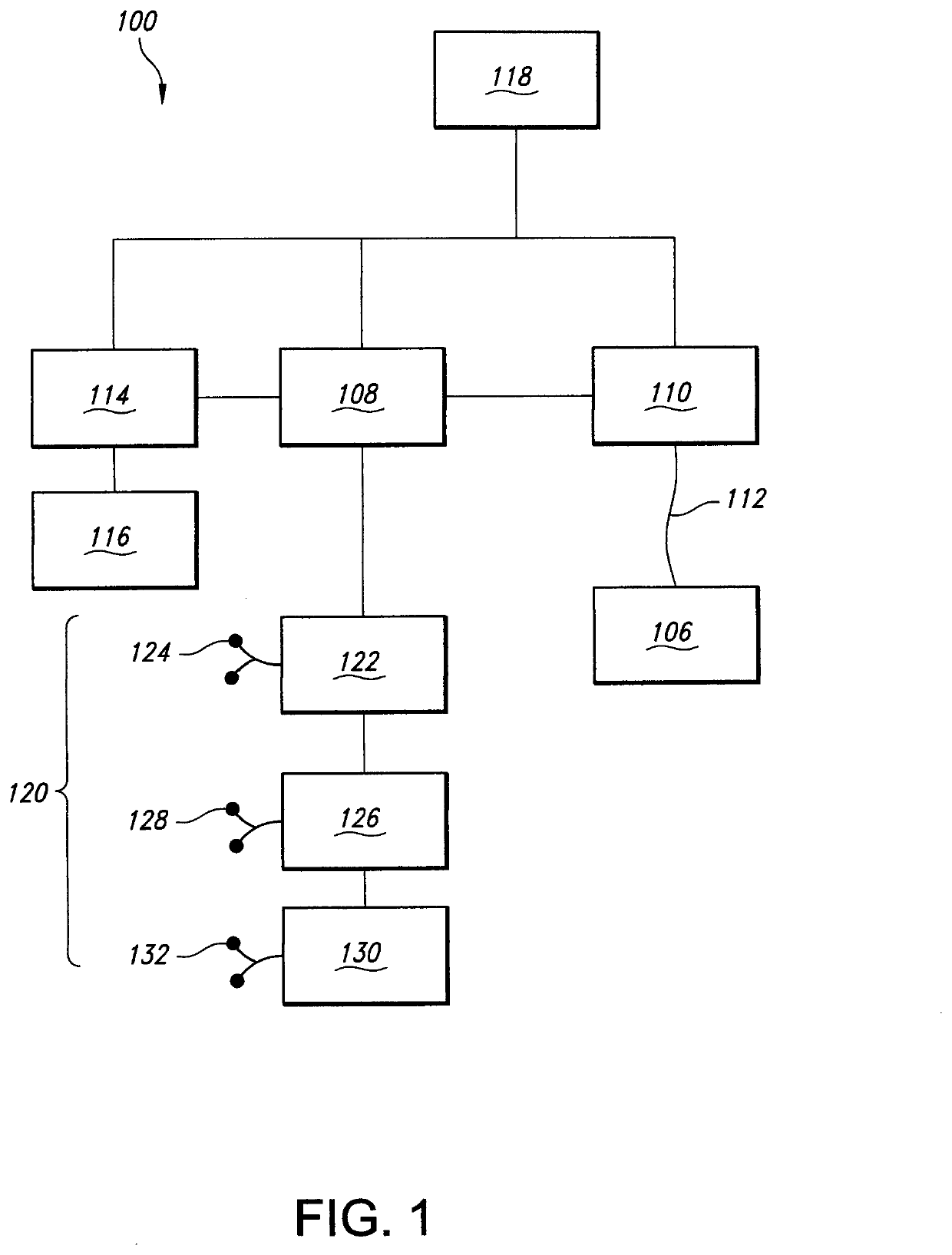Transcranial Magnetic Stimulation for the Treatment of Dysautonomia
a transcranial magnetic stimulation and dysautonomia technology, applied in magnetotherapy, magnetotherapy using coils/electromagnets, magnetotherapy, etc., can solve the problems of treating the symptoms rather than the root cause of dysautonomia, the treatment of dysautonomia cannot cure it, and the dysautonomia cannot be solved. , to achieve the effect of normalizing the sympathetic balance, introducing or restoring the heart rate variability in the human body
- Summary
- Abstract
- Description
- Claims
- Application Information
AI Technical Summary
Benefits of technology
Problems solved by technology
Method used
Image
Examples
example
[0052]Autonomic Activity Measures after 18 Sessions (15-20 Minutes Each) of 0.5 Hertz (Hz) rTMS in 27 Children with ASD (21 Boys and 6 Girls, Mean Age 12.52±2.85 Years)
Time-Domain Measures of HRV (R-R Intervals, Standard Deviation of RR [SDNN].
[0053]Cardiointervals in ECG (RR intervals) showed a statistically significant linear regression over 18 sessions of an initial treatment course of rTMS, as shown in FIG. 6. Further, the standard deviation of R-R (SDNN) intervals showed a statistically significant linear increase over the rTMS course of treatment sessions, as shown in FIG. 7. The increased R-R intervals over the course of the 18 treatment sessions of low level 0.5 Hertz rTMS is indicative of increased HRV as evidenced by time-domain measures.
Frequency-Domain Measures of HRV (LF and HF of HRV, LF / HF Ratio).
[0054]The power of the Low Frequency (LF) component of HRV—which is predominantly associated with the sympathetic activity index with some parasympathetic contribution—showed...
PUM
 Login to View More
Login to View More Abstract
Description
Claims
Application Information
 Login to View More
Login to View More - R&D
- Intellectual Property
- Life Sciences
- Materials
- Tech Scout
- Unparalleled Data Quality
- Higher Quality Content
- 60% Fewer Hallucinations
Browse by: Latest US Patents, China's latest patents, Technical Efficacy Thesaurus, Application Domain, Technology Topic, Popular Technical Reports.
© 2025 PatSnap. All rights reserved.Legal|Privacy policy|Modern Slavery Act Transparency Statement|Sitemap|About US| Contact US: help@patsnap.com



